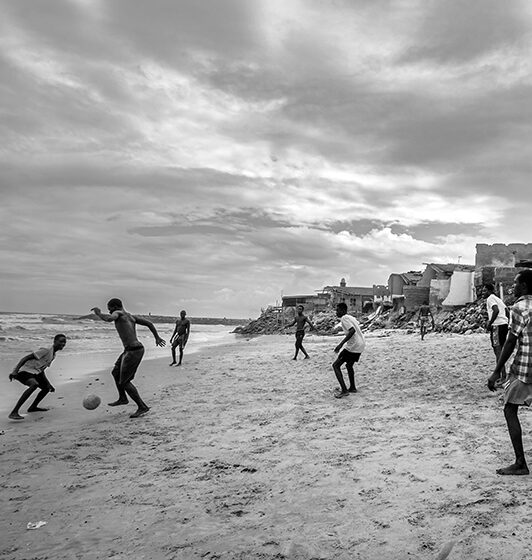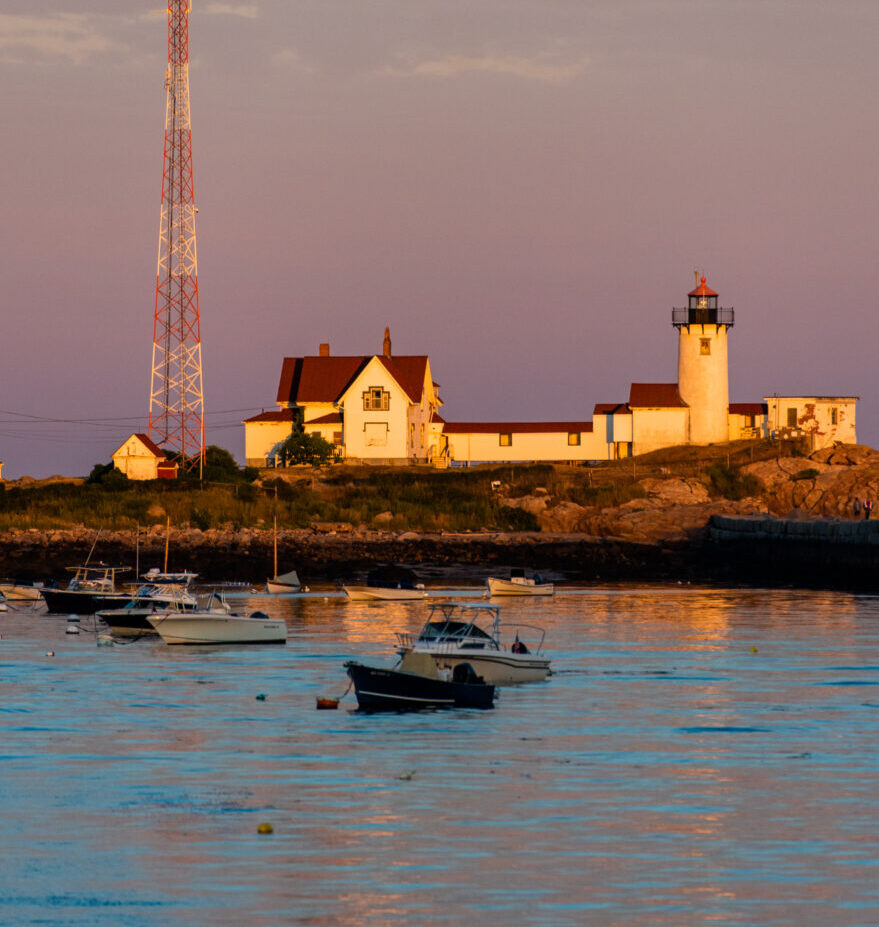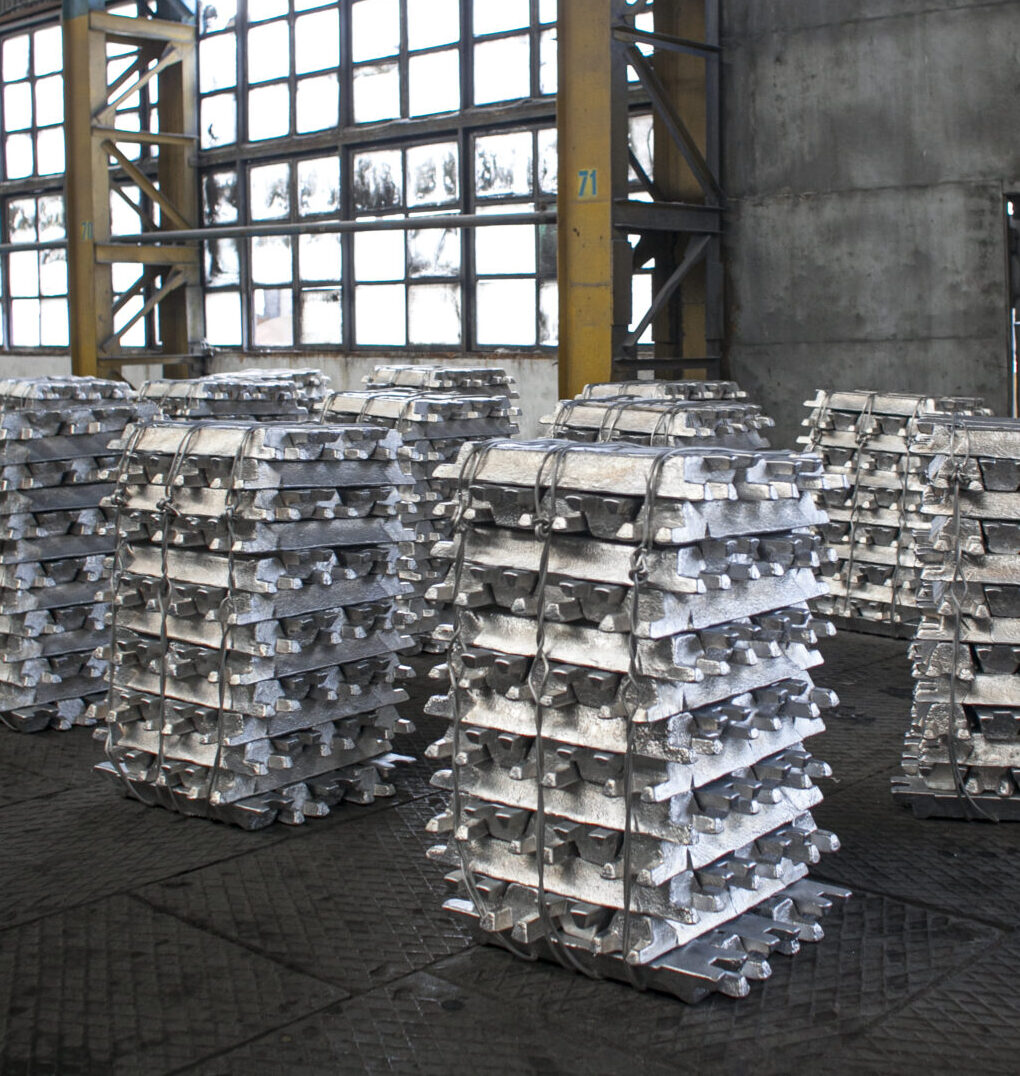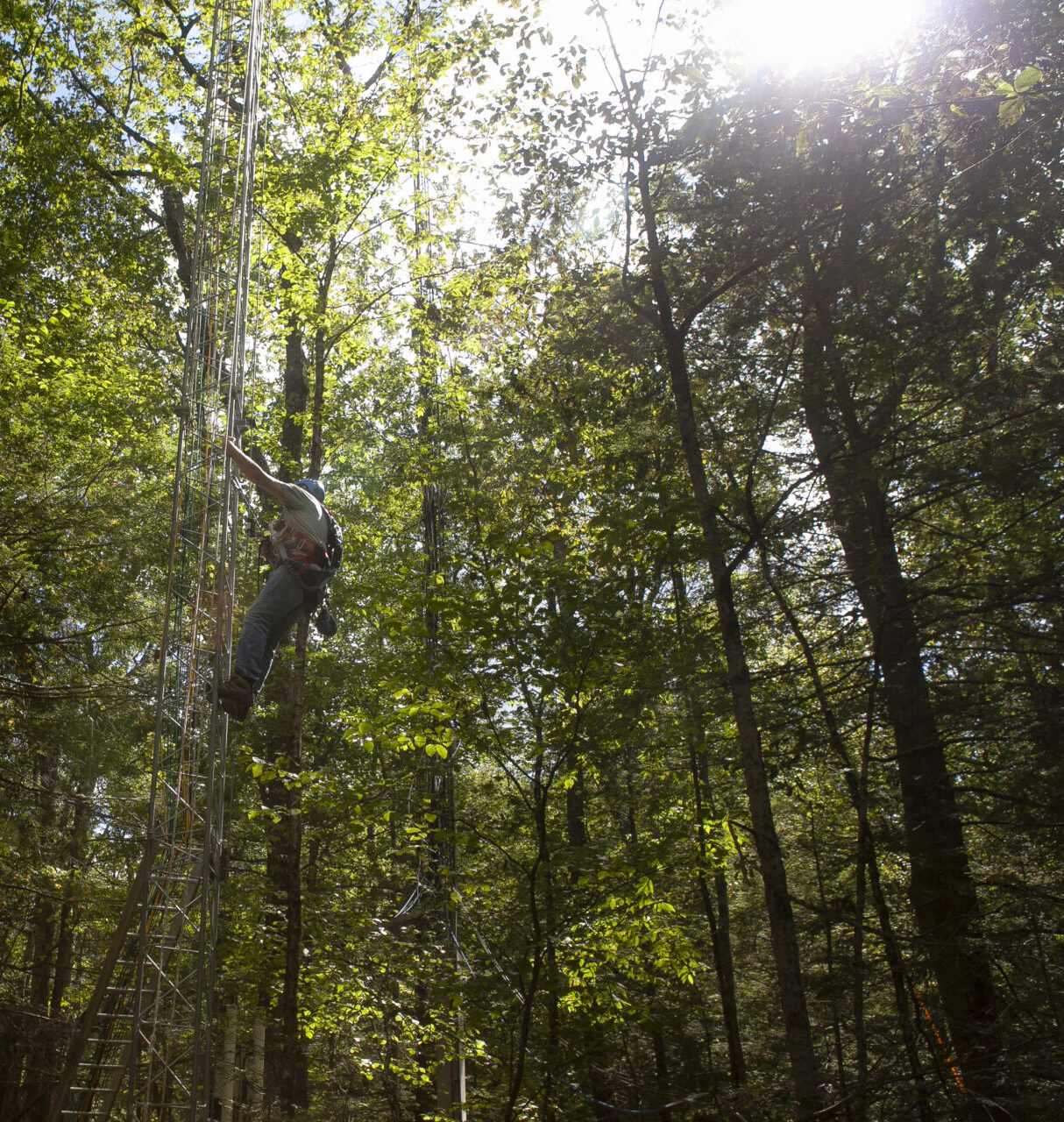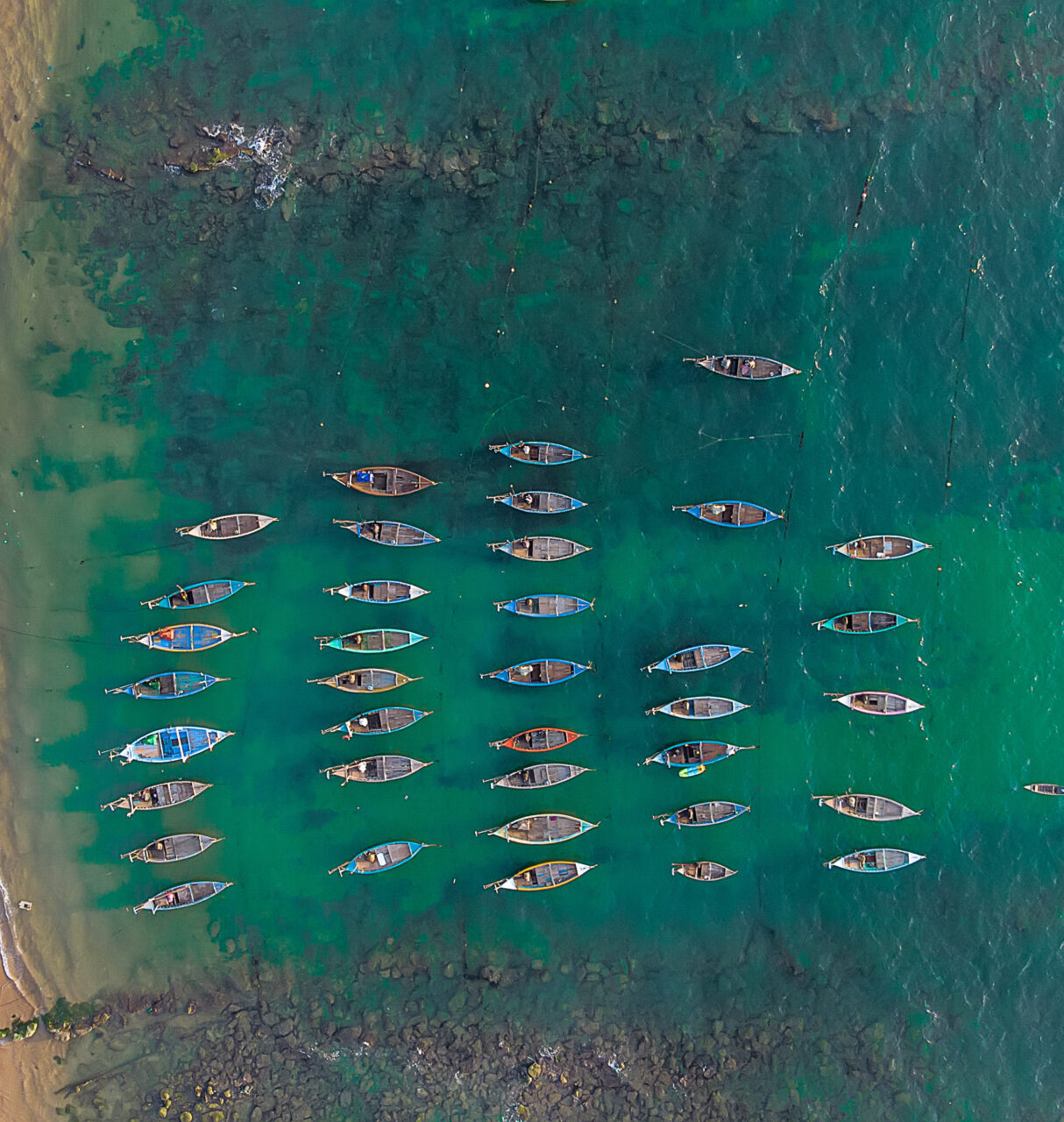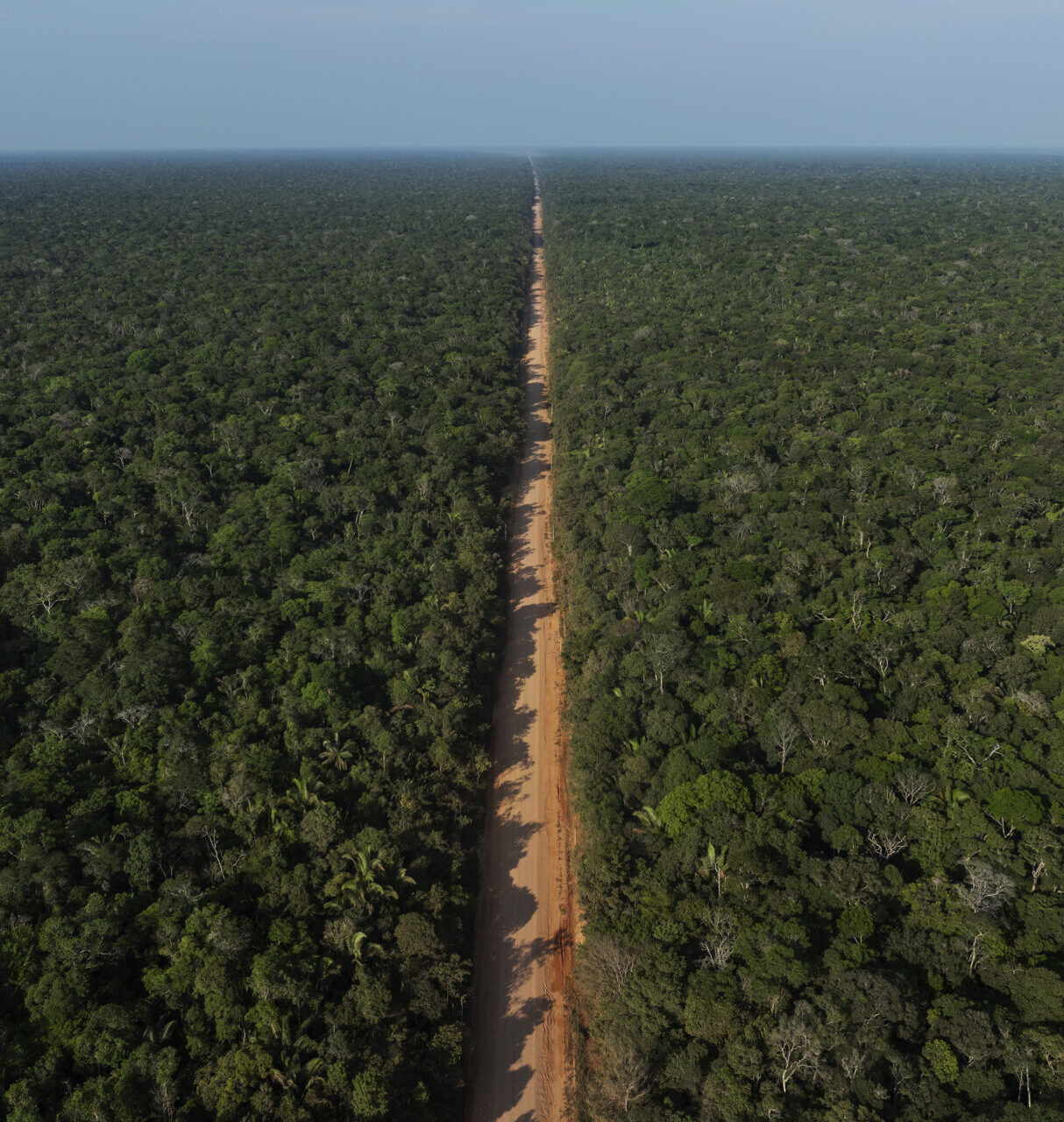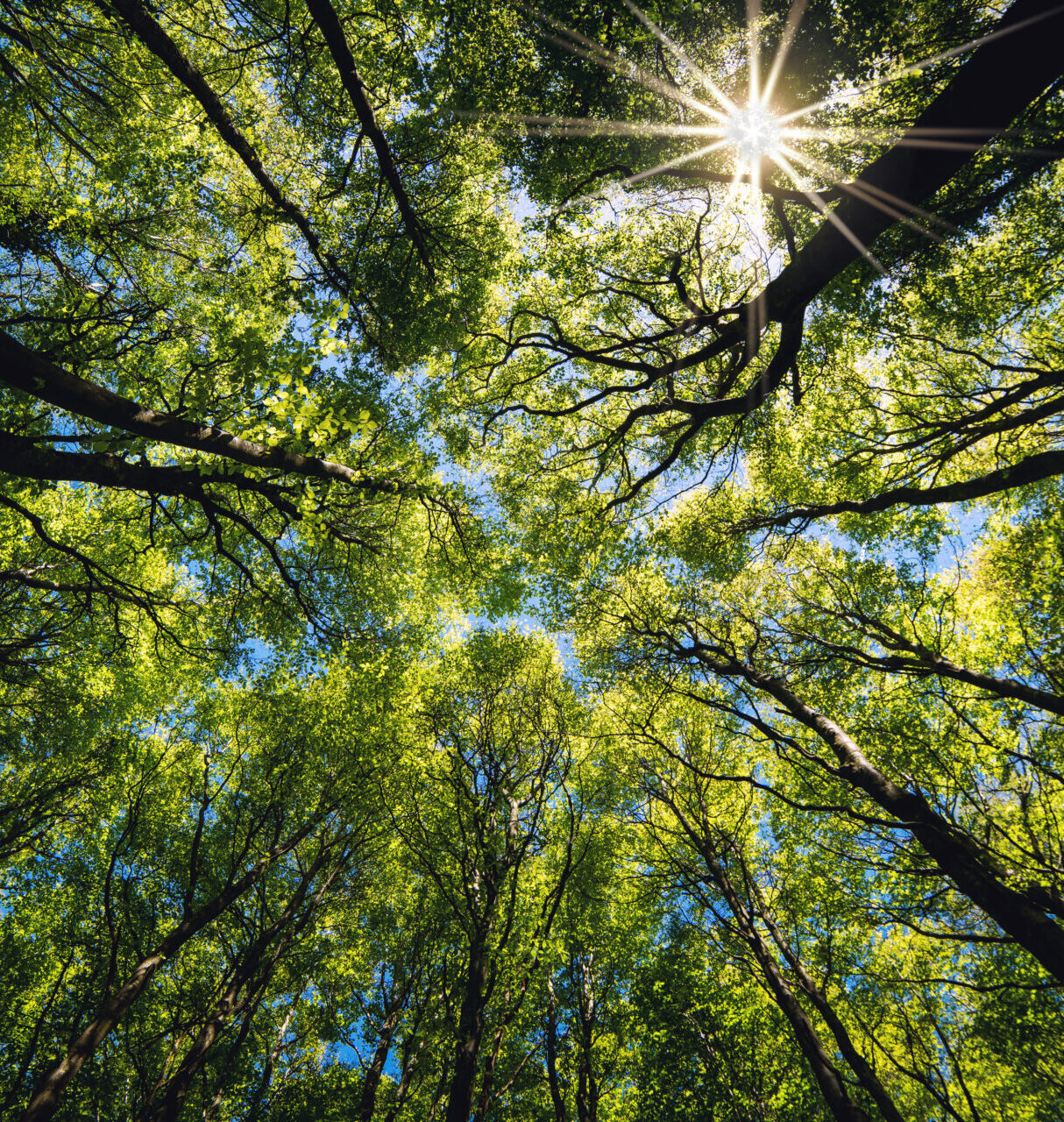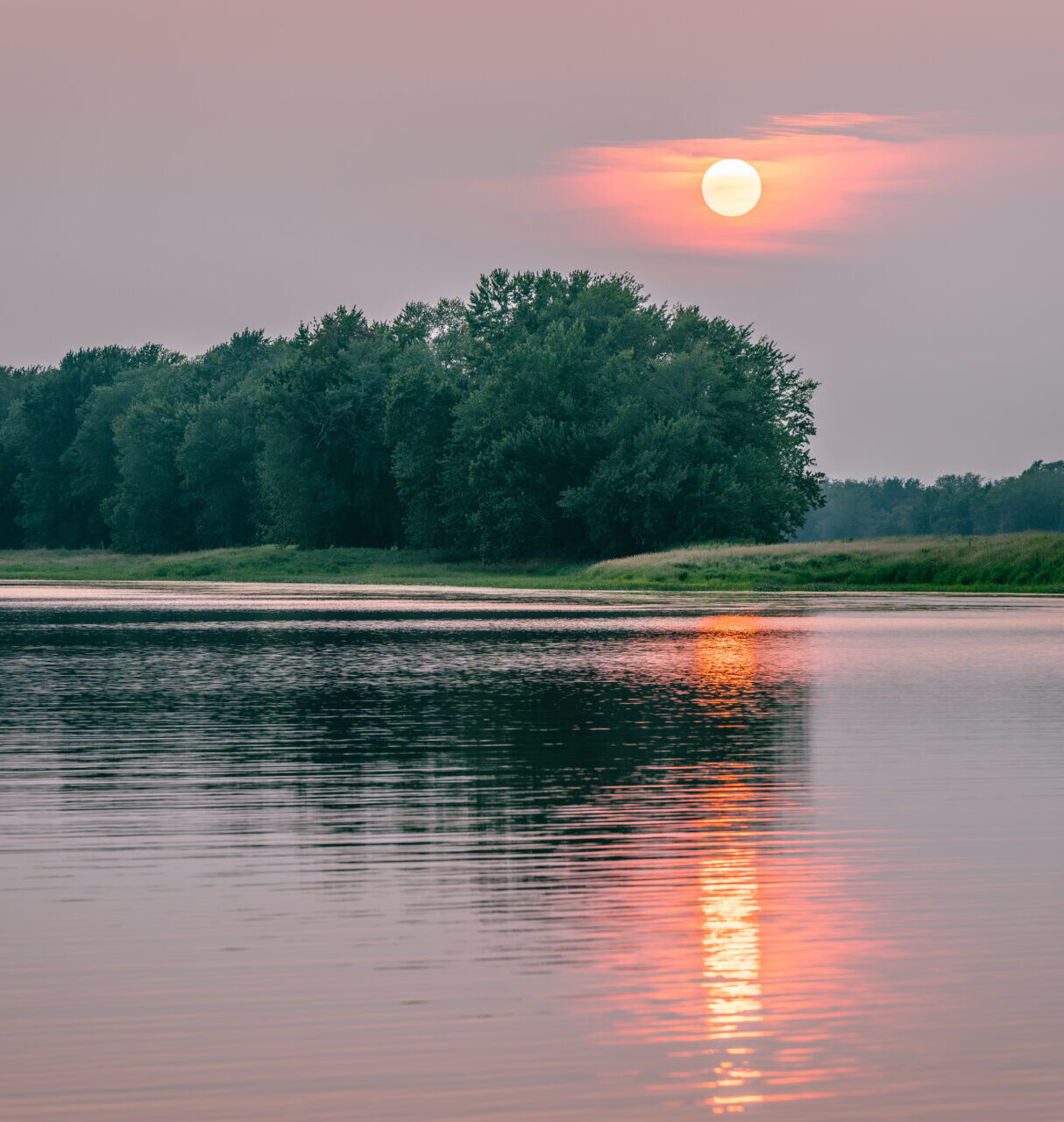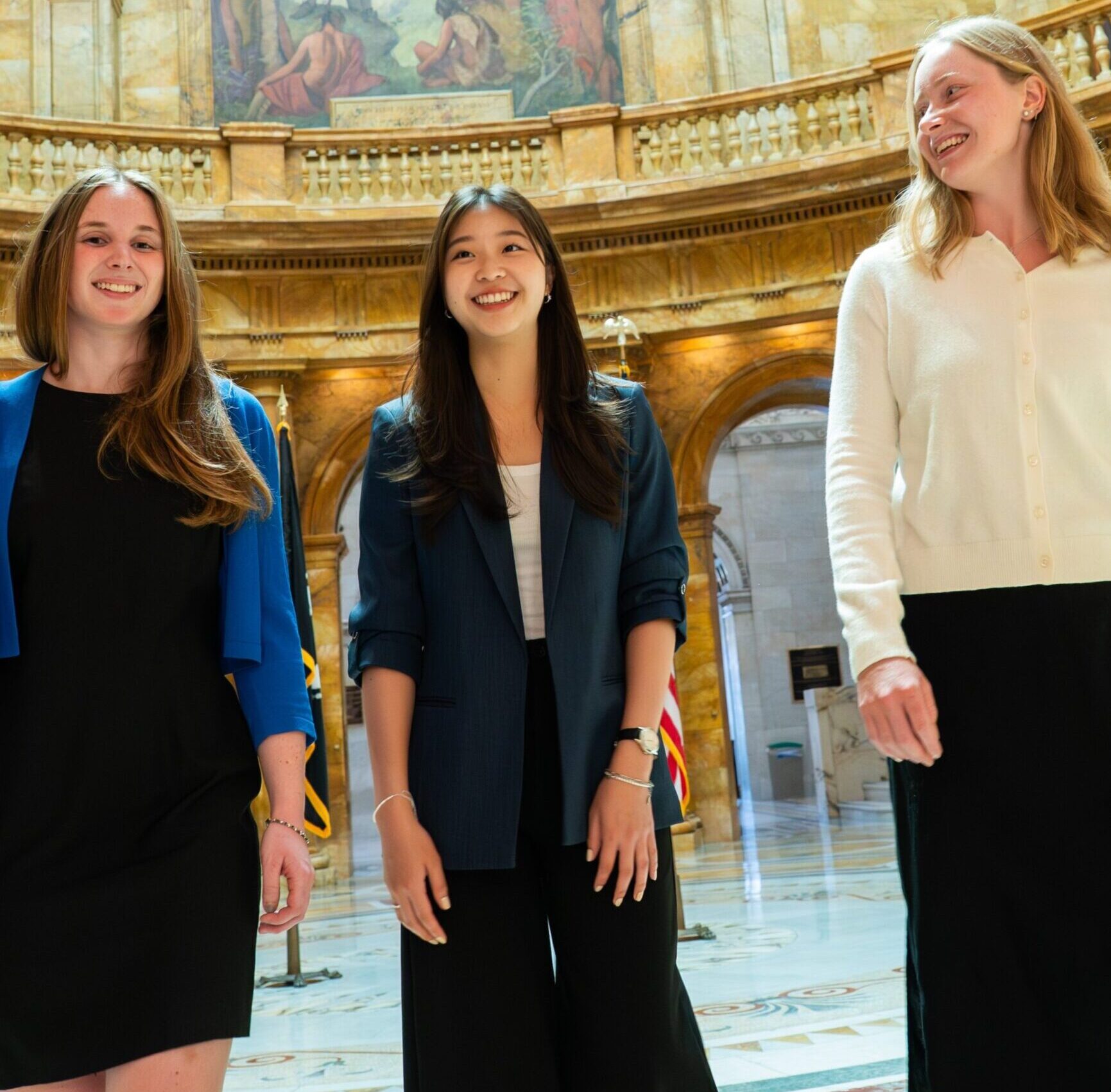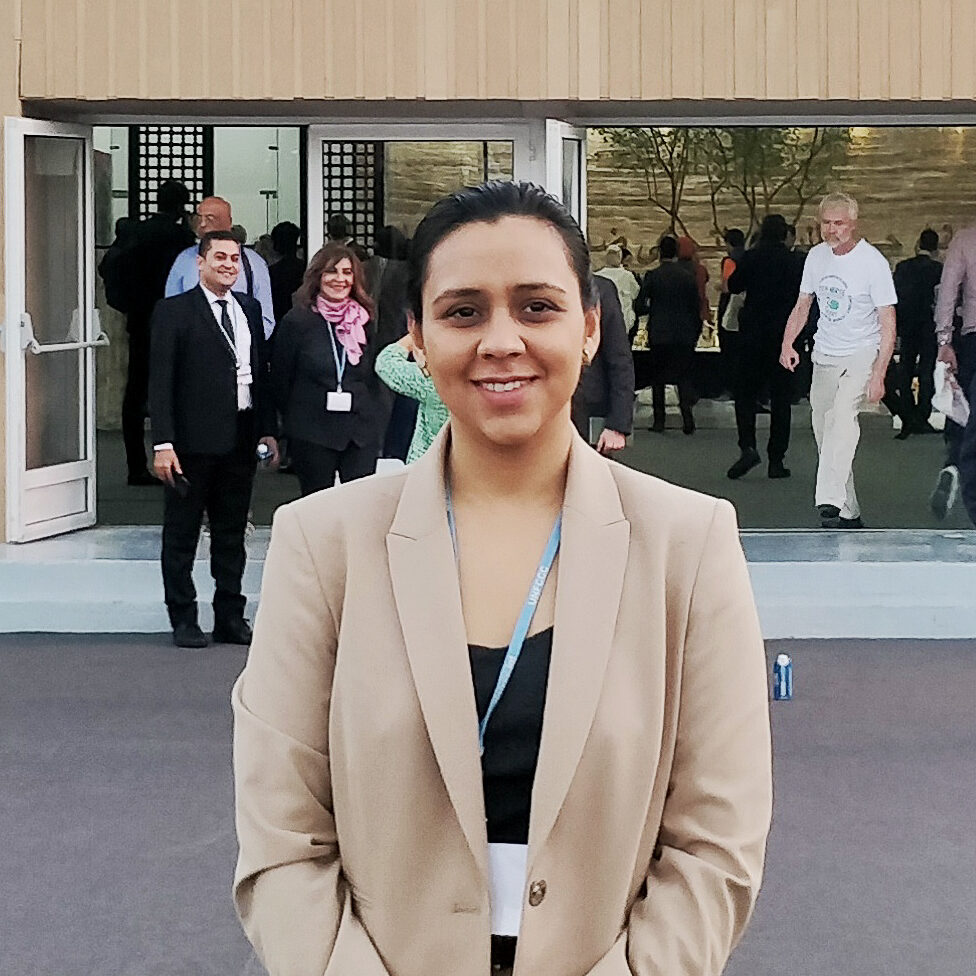
Aakrity Madhan
Bring women to the negotiating rooms: A reflection from my COP27 experience.
By: Aakrity Madhan
A local contractor, local NGO worker, and an International Development representative from a big bank walk into a village which is experiencing an energy crisis. The remote village can’t afford to purchase electricity from the grid because prices are too high. Without energy, the village has been left paralyzed– women cannot step out after dark, the local hospital can’t provide care, and crops have withered without functioning water pumps.
The three visitors have arrived to provide loans for the village to build solar energy infrastructure. They want the women of the village to be the torch bearers of this project. After all, women are known to be effective resource managers– taking care of the young and elderly alike. Also, gender mainstreaming helps with publicity– their initiative will require photo and video documentation. Thus, to the three visitors it came as a surprise when their call for an initial community consultation drew only the village men.
I witnessed this play, as it was enacted by several members of an Intergovernmental Panel on Climate Change (IPCC) Report Working Group at a COP27 session titled, “Gender, Climate Justice, and Gender-Transformative Adaptation Pathways.” My time at COP27 was spent on decoding the pathways that equip women to tackle the climate transition. One such pathway that needs immediate attention, is tackling the invisibility of women.
As this comical, yet sombre play unfolded, it reinforced for me the notion that structural inequalities often cut women out of decision making and solution building processes. The climate crisis is not gender neutral. It is instead a threat multiplier, amplifying existing gender inequalities and bringing about new, unforeseen challenges for women. For example, women—usually in charge of securing food, water, and fuel—must work harder to secure these resources as precipitation patterns become more erratic and droughts more frequent. Increasingly, young girls are being pulled out of schools to help with familial chores. Climate change induced conflicts around water and forced migration increase women and girls’ vulnerabilities to gender-based violence, human trafficking, and child marriage. Exposure to extreme heat is linked to worse maternal and neonatal outcomes. Women are less likely to survive disasters because of the deep-rooted inequalities like lack of access to education and information. They enter vicious cycles of vulnerabilities to future disasters because of the low chances of recovery. The list goes on.
This COP successfully established a critical Loss and Damage fund, to be disbursed when climate disasters strike. However, there was a general sense of disappointment that the COP27’s Loss and Damage agenda didn’t devote greater attention to issues of gender. The absence of clear language on how these funds will be used to tackle climate-induced gendered implications has left a clear impression that gender is still a by-line when it comes to budgeting in climate policies.
Women deliver on climate action, yet their absence at the negotiating roundtables is notable. During my one-week at COP, I engaged with many incredible women’s-rights organizations—ActionAid Bangladesh, Digo Bikas Institute, Green Rwanda, among others— and met an even greater number of inspiring women leaders spearheading grassroot adaptation efforts. The resonating post-COP27 reflection among these groups, was that there are not enough women at the table. Matcha Phorn-In, a lesbian feminist human-rights defender who works to empower stateless and landless Indigenous women, girls and young LGBTIQ+ people in Thailand, eloquently states, “If you are invisible in everyday life, your needs will not be thought of, let alone addressed, in a crisis situation,”. Women’s needs as told by women, are being left behind, which is why I argue – the first step to tackling the climate crisis is to enable women to be inside negotiating rooms, not kitchens.
Aakrity Madhan is a candidate for a Master’s in Design Studies from Harvard Graduate School of Design.
The Salata Institute
The Salata Institute supports interdisciplinary research that leads to real-world action, including high-risk/high-reward projects by researchers already working in the climate area and new endeavors that make it easier for Harvard scholars, who have not worked on climate problems, to do so. Faculty interested in the Climate Research Clusters program should note an upcoming deadline for concepts on April 1, 2024.

